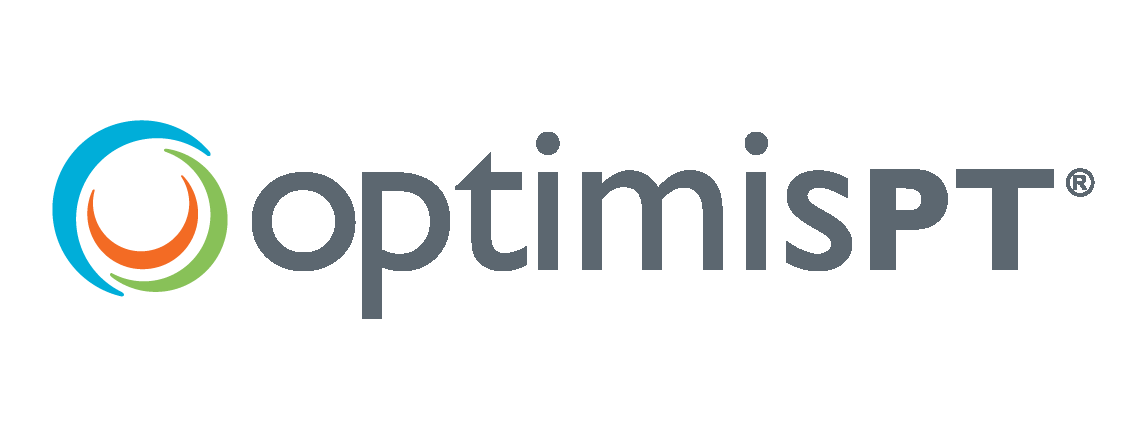Documentation Efficiency: Is It You or Your EMR that Lends to Easy Documentation?
By: Cheryl “Chae” Dimapasoc Canon, PT, DPT; OptimisPT Director of Implementation and Compliance
Many documentation systems promise efficiency, compliance, allowing more time with your patients, and customization. The experience, however, often proves to be much more difficult than initially expected. Different EMRs may also be efficient for some more than others depending on their workflow. The best EMRs can be customized to accommodate multiple clinician and clinic workflows.
Even for those therapists that can boast effective, compliant and defensible documentation that is completed by the time the patient leaves, that does not mean that will directly translate if using a different EMR. Much of the time your EMR has features that allow efficiency to continue to improve over time due to the way the system is designed and the customization that is included in the platform. The time that takes to initially set up customization is the time it should save on each eval where it had to be free texted each time. The overarching goal is to finish most, if not all, documentation during the visit so that you have little or no work after clinic.
Included below are essential considerations to help make implementation more effective and help to improve proficiency earlier rather than later.
- Designate 1 or 2 “super users”
- Not every user needs to learn “every inch of the system”, but you should have one that does and can answer most of the questions for all of your clinicians; the rest should learn just those areas they need to use
- Conduct a post-implementation feedback session
- Identify any areas where it feels the workflow needs improvement and continue to refine
- Request help from the experts within your EMR team to assist with recommendations to help further improve workflow and efficiency with the system (i.e. a Compliance and Efficiency Review)
- Document as if someone new is going to see your patient on the next visit; they should be able to understand the overall condition of the patient, what has and has not improved so far, and the intended progression of the patient. Any therapist should be able to pick up a visit note and speak to the patient about where they are in their EOC toward their goals. Continuity of care and that seamless transition from one provider to the next is essential for patient satisfaction and outcomes.
- Turn documentation time into meaningful patient interactions; keep your care patient-centered and not computer centered.
- Look at your patient
- Don’t stop interacting with your patient
- Encourage active participation of the patient throughout the evaluation and follow-up visits (reassess objective measures, review goals and progress regularly, elicit the patient’s thoughts on what is helping/not helping)
- Use your EMR to summarize your findings and plan with the patient. If you’re close to being done with your documentation before the patient leaves, you can review your prognosis, mutually identified goals and how you specifically plan to work toward them, and expectations of the patient within their POC; you’re using your EMR as a tool rather than a barrier. The better the patient understands his/her responsibility, the more likely they are to be engaged in their episode of care
- Encourage template development after providers become familiar with the software. Average users began to ask about using templates after three months, and at that time, documentation showed a significant increase in efficiency
- Realize that old workflows may need to be revisited and changed for efficiency to improve. This is sometimes the hardest component to identify and try to change. Change isn’t easy, but if you could eventually decrease your documentation time per EOC by 30 minutes per patient overall, would it be worth it to you?
- Create a checklist of all of your EMR features (do you know all of them?). Check off which ones you use and when you’re ready to continue to “fine tune”, check with your vendor for suggestions on how to implement those features that you’re not currently utilizing (or not utilizing well).
No matter how skilled of a “documentation specialist” you are, if you’re not effectively using the features of your EMR, you’re likely missing out on a significant amount of efficiency and productivity in your clinic.
If you are an OptimisPT user and have questions about any of our features, please contact Support.




